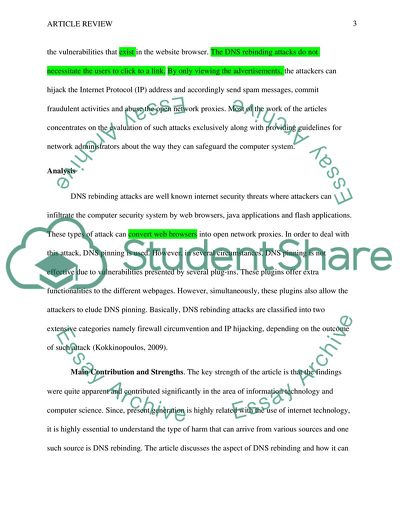Cite this document
(The Subject of Protection of the Computer System Assignment Example | Topics and Well Written Essays - 2000 words, n.d.)
The Subject of Protection of the Computer System Assignment Example | Topics and Well Written Essays - 2000 words. https://studentshare.org/information-technology/1817005-article-review
The Subject of Protection of the Computer System Assignment Example | Topics and Well Written Essays - 2000 words. https://studentshare.org/information-technology/1817005-article-review
(The Subject of Protection of the Computer System Assignment Example | Topics and Well Written Essays - 2000 Words)
The Subject of Protection of the Computer System Assignment Example | Topics and Well Written Essays - 2000 Words. https://studentshare.org/information-technology/1817005-article-review.
The Subject of Protection of the Computer System Assignment Example | Topics and Well Written Essays - 2000 Words. https://studentshare.org/information-technology/1817005-article-review.
“The Subject of Protection of the Computer System Assignment Example | Topics and Well Written Essays - 2000 Words”. https://studentshare.org/information-technology/1817005-article-review.


